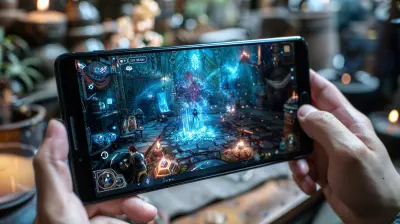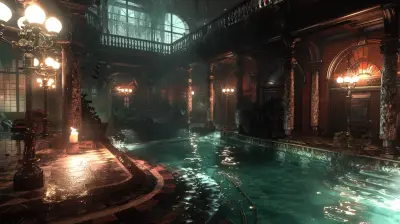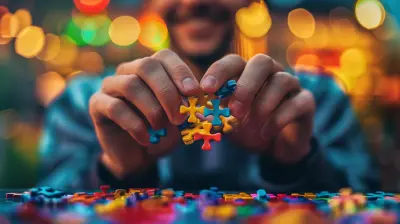Deconstructing Health Systems: How Lives and Hit Points Shape Gameplay
20 June 2025
Let’s be real for a second—video game health systems are like the unsung heroes of gaming, the quiet masterminds pulling the strings. They’re the peanut butter to your jelly sandwich of destruction, the duct tape holding your heroic escapades together. Whether it’s that persistent "bleep-bloop" of a low-health warning, the glorious sight of a health pack, or the sheer panic of seeing your hit points plummet faster than your Wi-Fi during a Netflix binge, health systems are everywhere.
But have you ever stopped mid-battle, maybe just as you're avoiding a pixel-perfect insta-kill, and wondered: how do these systems actually work? Why do they vary so much between games? And how the heck did we get from three cute little Mario hearts to RPG health bars so stacked they look like mobile carrier signal bars? Let’s dive in and unpack the glorious chaos that is health systems in gaming. Don’t worry—no mana required for this.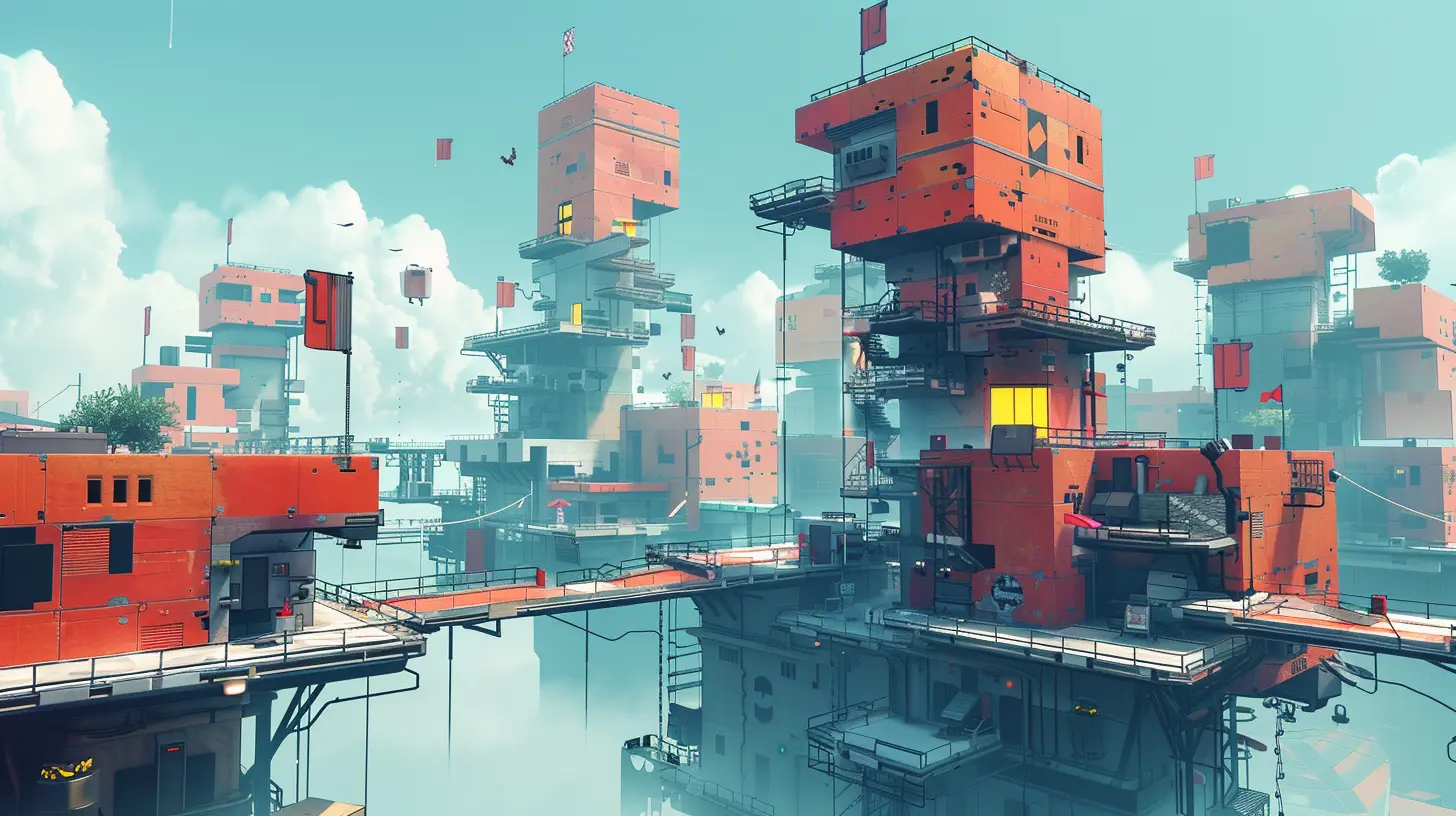
What Even Are Health Systems? (And Yes, You Should Care)
Okay, in plain English, health systems in games are just ways to track how close your character is to biting the digital dust. They’re like a universal language that tells you, “Hey, dude, maybe don’t stand in the fire.” But they’re so much more than a mere countdown to doom. They’re an intricate dance between tension, strategy, and sometimes, sheer dumb luck.Some games let you lose health faster than your patience during a laggy online match, while others make you feel nearly invincible—until they don’t. Hit points, shield percentages, or even just a bloody vignette at the screen’s edges—there are so many ways developers tell you that you’re in deep trouble. And guess what? Each one brings its own flavor to the gameplay.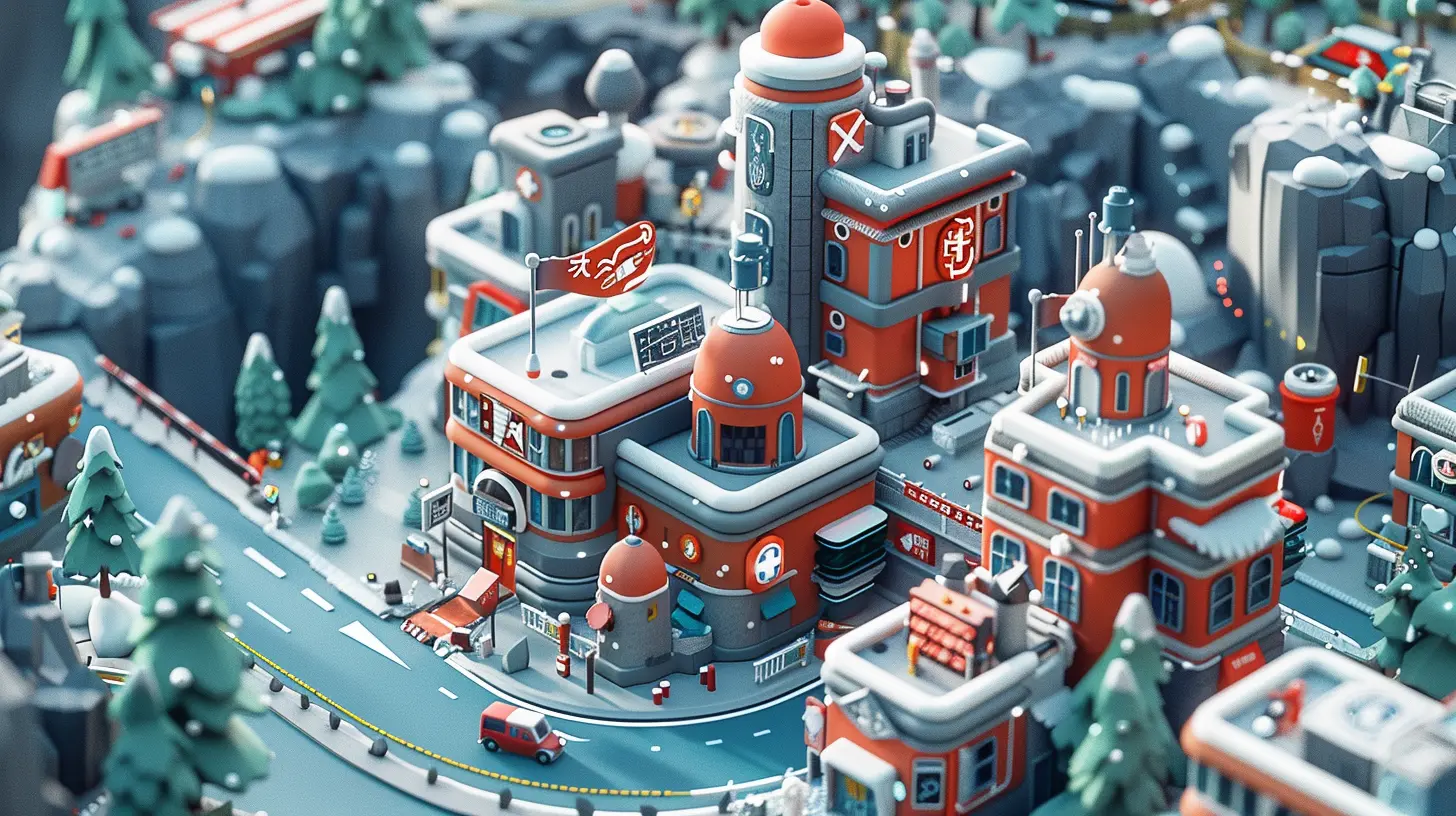
Lives, Hit Points, and the Art of Trying Not to Die
Oh, how far we've come from those arcade days where you had exactly three lives to reach gaming glory—or suffer the heartbreak of "GAME OVER." Let’s break it down:#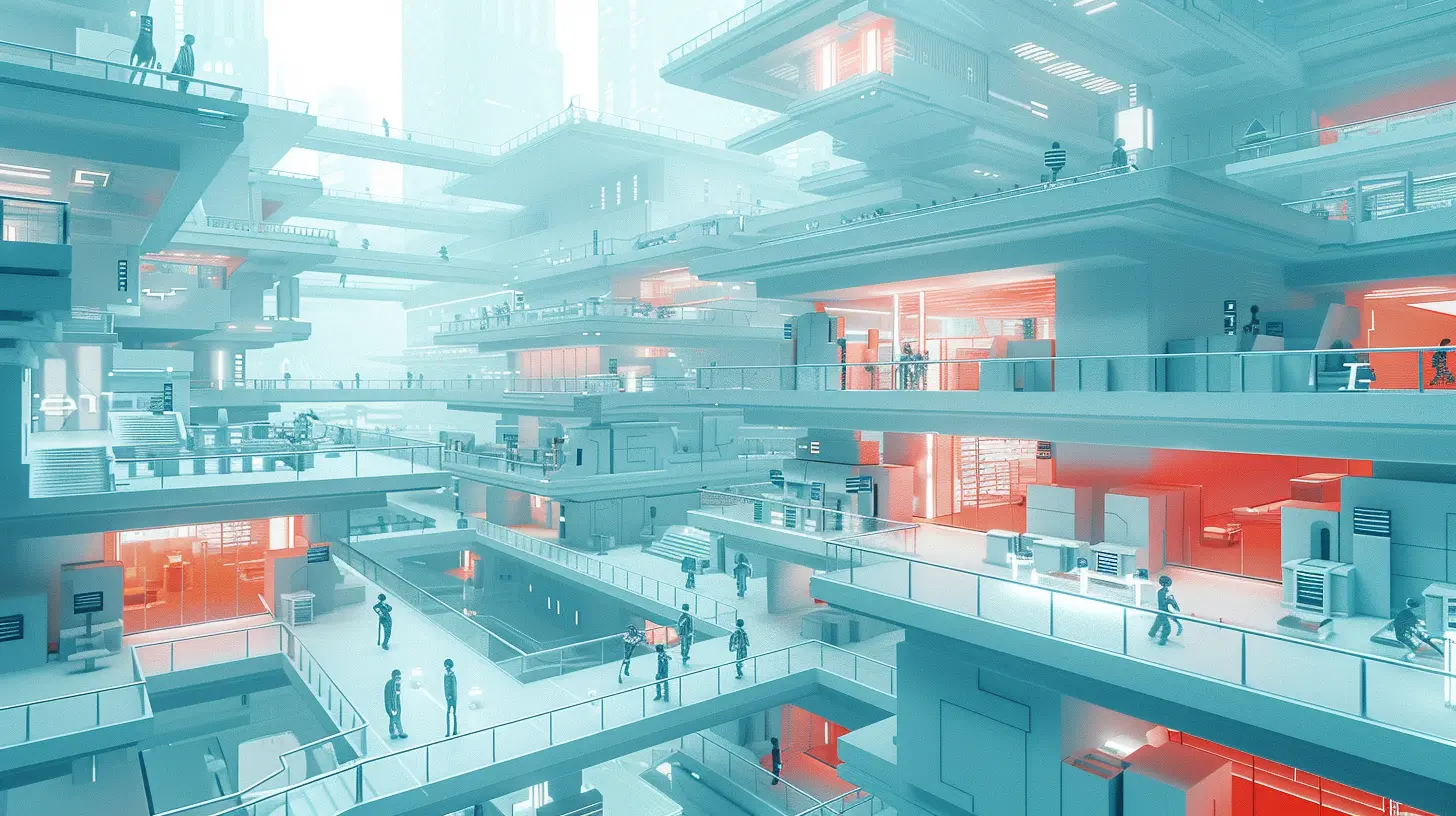
1. Classic Lives (aka, "Remember When You Had Three Chances to Be Awesome?")
Do you miss the good ol’ days when your in-game character had a set number of lives? Games like Super Mario Bros. kept it simple: mess up three times, and you’re done. It was cruel, yet oddly motivating. There’s just something about staring at that “1 Up” mushroom like it’s your last slice of pizza at a party—it drives you.But the “lives” system isn’t just about punishing mistakes. It’s psychology 101: scarcity makes every jump, every dodge, every fireball feel monumental. Imagine playing Dark Souls with a hard limit of three lives. Yikes. Now that’s nightmare fuel.#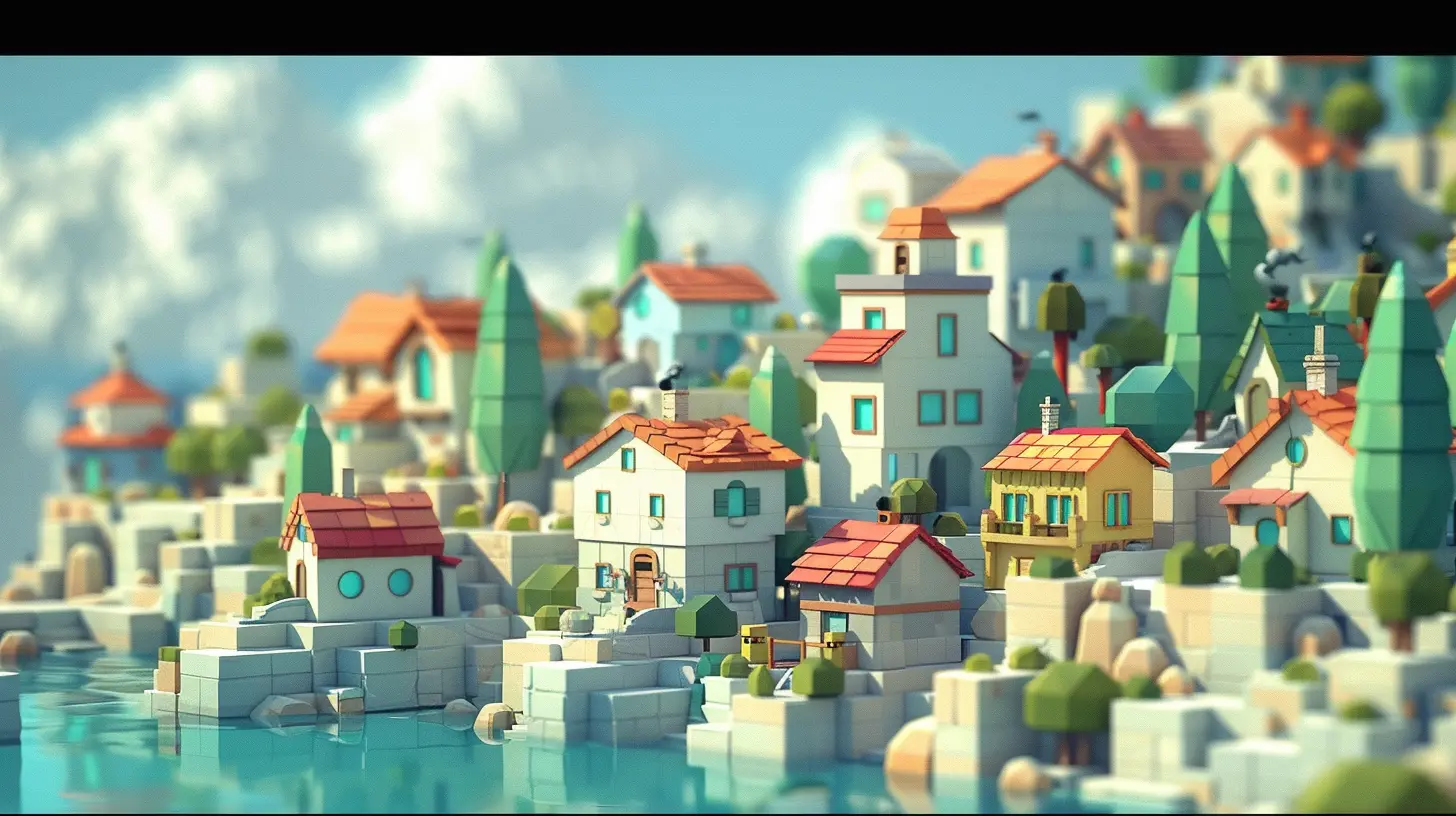
2. Hit Points: The OG of Modern Gaming
Hit points (HP) are like the universal currency of damage-taking. You're cruising along with full HP? Cool, you’re a walking tank. Down to single digits? Suddenly everything is a threat—even that lowly slime monster that couldn’t hurt a fly in better days. Hit points are elegant, in a way. They give us a clear, straightforward metric for survival. But they also create room for drama. Low health = high stakes. And let’s be honest, high stakes are what make gaming memorable. (And occasionally controller-throwing levels of frustrating.)Some games make HP feel more real with injuries or stamina mechanics (looking at you, survival sims), while others practically give you a revolving door back to full health. Ever picked up a gigantic roast chicken in Castlevania and thought, “Yeah, this is totally how food works”?
#3. Regeneration: Gaming’s Comfort Blanket
Quick question: who decided it was okay for modern shooters to just… let you hide behind a box until you magically heal? Yes, I’m looking at you, Call of Duty. Health regeneration is like that chatty coworker who's both helpful and annoying—they make life easier, but they also kill a bit of the thrill. On the flip side, regen also levels the playing field. You don’t have to waste half your game hunting medkits like a retro scavenger. Instead, you can focus on the action. Love it or hate it, it’s here to stay.Why Different Health Systems Work for Different Games
Alright, now let’s cut to the real meat of the matter (and no, not the roast chicken kind): why do game devs choose one health system over another? Short answer: because it’s all about vibes, baby.#1. Arcade Games: Stress is the Point
Old-school games didn’t mess around. Limited lives were there to stress you out. Why? Because the point was to eat your quarters like candy. But even beyond the financial ploy, the system worked—it turned every moment into life-or-death drama.#
2. Action Games: Fast-Paced Chaos
Shooters and hack-and-slashes often favor simple health mechanics (like HP bars or shields) to keep you in the action. You’re dodging bullets, not balancing a budget—ain’t nobody got time to micromanage health when there are explosions happening every three seconds.#3. RPGs: For the Stat Nerds
Oh, RPG players, you glorious mathematicians. Your health isn’t just a number; it’s a lifestyle. Hit points in RPGs feel like a badge of honor because they’re tied to your progression. Level up, get beefier, dominate. It’s a world where numbers matter, and watching your health bar fill up feels like payday.#
4. Survival Games: The Long Con
In survival games, health is more than just a bar—it’s your entire existence. Broken legs, infections, hunger… Look, if I wanted to be this stressed about staying alive, I’d just go camping. But you know what? It’s weirdly satisfying. The stakes feel higher because the health systems are so realistic.How Health Systems Shape Gameplay (Without Them, We’d Be Lost)
Imagine Pac-Man without lives or The Witcher without regenerative potions. Weird, right? Health systems define how we approach a game. They decide whether we sprint headfirst into battle or play it safe like a squirrel hoarding acorns.Want proof? Look at how Dark Souls handles health. Every Estus Flask swig feels like a calculated risk because you’ve got limited chances to heal. Contrast that with Halo, where you can duck behind cover and wait out the storm. Both systems work, but they create completely different experiences. One is about precision and perseverance; the other is about momentum and adaptability.
The Future of Health Systems: What’s Next?
So what’s next for health systems? Are we going full-on VR with biometrics? (Imagine, your real-life heart rate syncing with your in-game health bar. Creepy? Yes. Cool? Also yes.)Maybe we’ll see more health systems that tie into storytelling. Think about games like Hellblade: Senua’s Sacrifice, where mental health impacts gameplay just as much as physical damage. The more gaming evolves, the more creative these systems are going to get.
Final Thoughts: More Than Just a Bar
At the end of the day, health systems are the unsung backbone of gaming. They’re not just about survival—they’re about how we experience a game. Whether they’re stressing us out, challenging us, or giving us a crutch when we (inevitably) mess up, they’re a huge part of what makes gaming magical.So next time you’re down to your last heart, hit point, or life, take a second to appreciate it. Because without those little markers of doom, games just wouldn’t be the same. Now go forth, brave gamer, and don’t forget to keep an eye on your health bar. You’ll thank me later.
all images in this post were generated using AI tools
Category:
Game MechanicsAuthor:

Leandro Banks
Discussion
rate this article
2 comments
Natalia McNulty
Who knew saving lives could be as tough as saving XP?
June 21, 2025 at 3:11 AM

Leandro Banks
Absolutely! Balancing health systems in games mirrors the complexity of real-life healthcare, making both challenging yet rewarding.
Flora McTiernan
This article astutely explores the interplay between health systems and gameplay dynamics. By contrasting lives and hit points, it reveals how these mechanics influence player strategy and emotional investment. Understanding this balance not only enriches game design but also deepens player engagement, showcasing the intricate relationship between life and gameplay experience.
June 20, 2025 at 3:45 AM

Leandro Banks
Thank you for your insightful comment! I'm glad you found the exploration of health systems and gameplay dynamics enriching. It's fascinating how these mechanics can deepen both design and player engagement.
